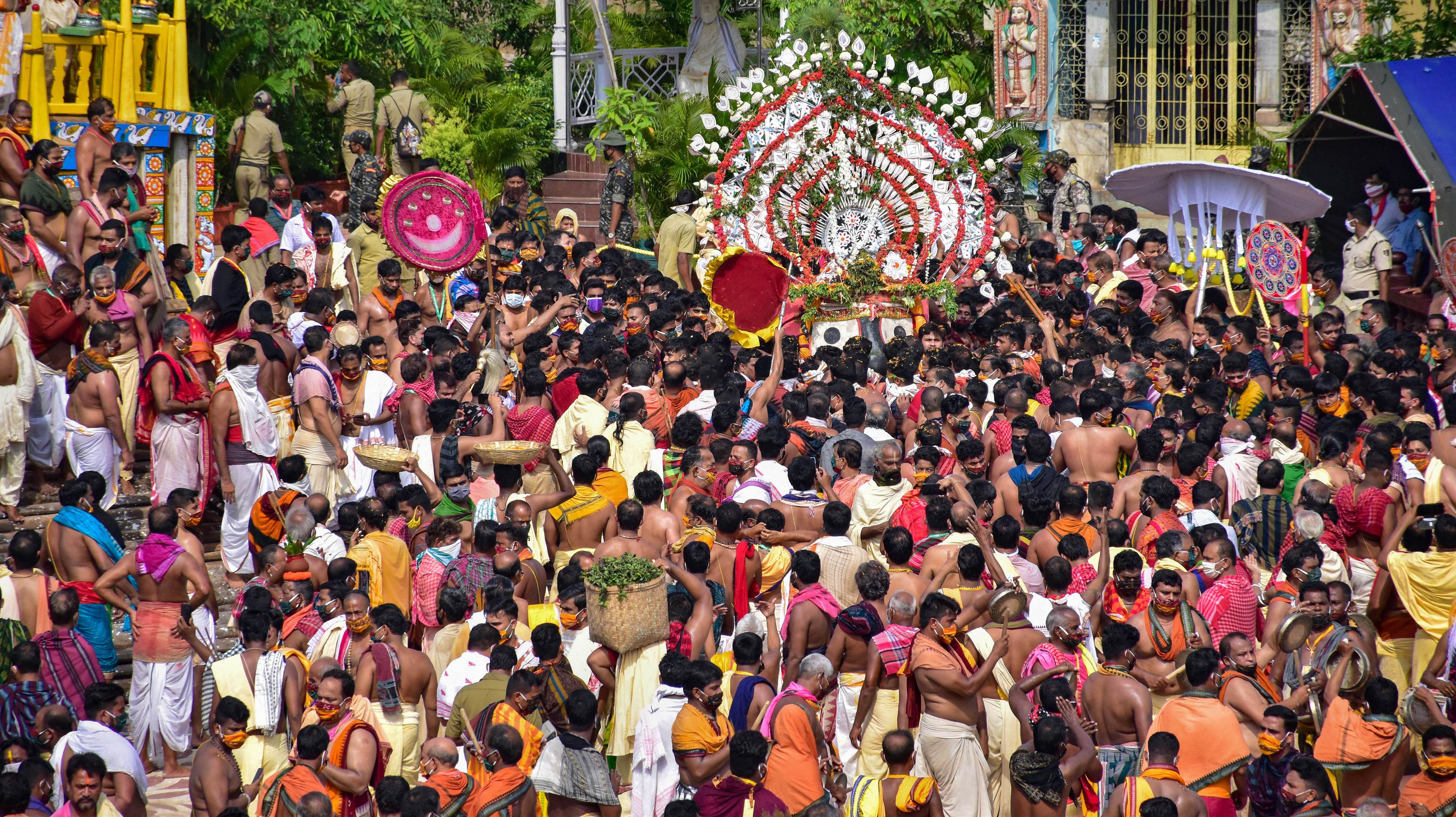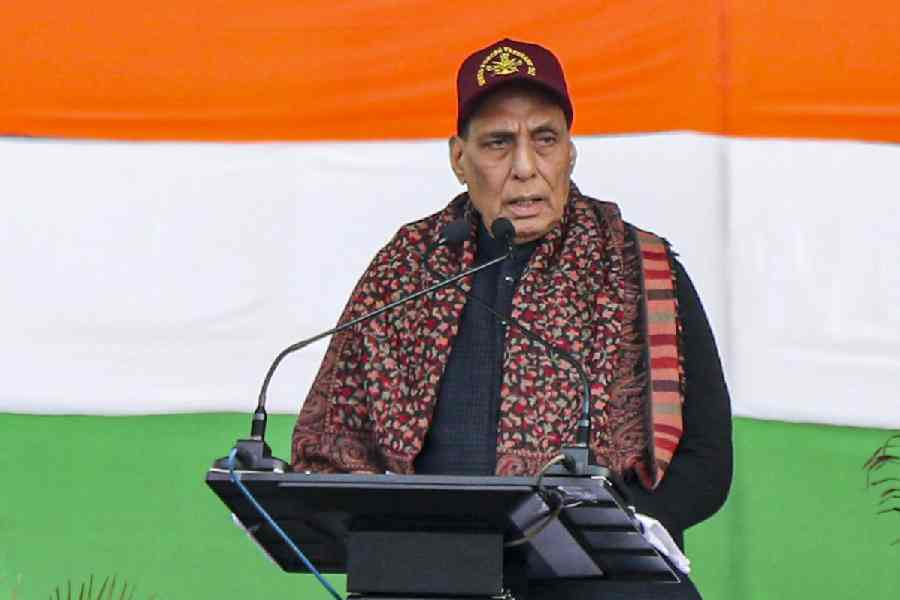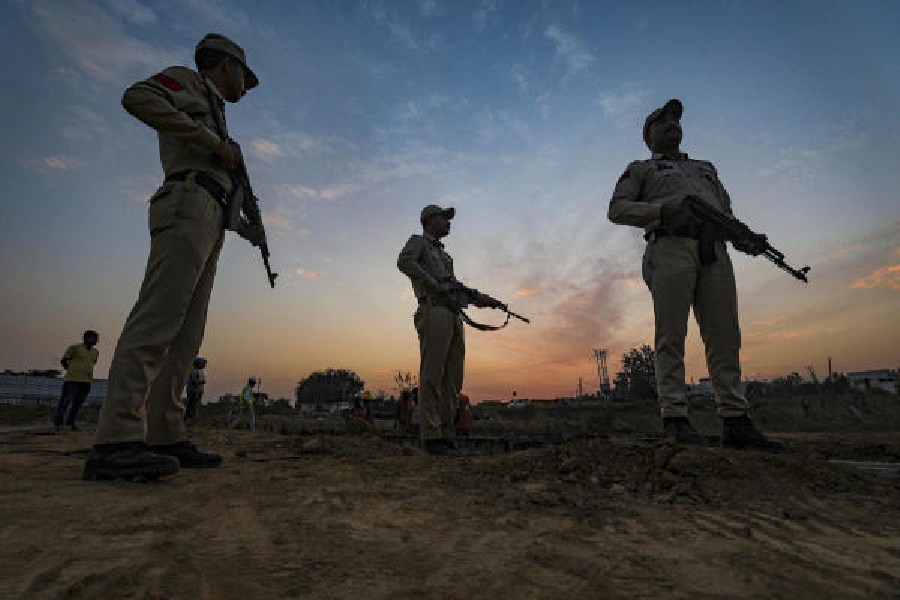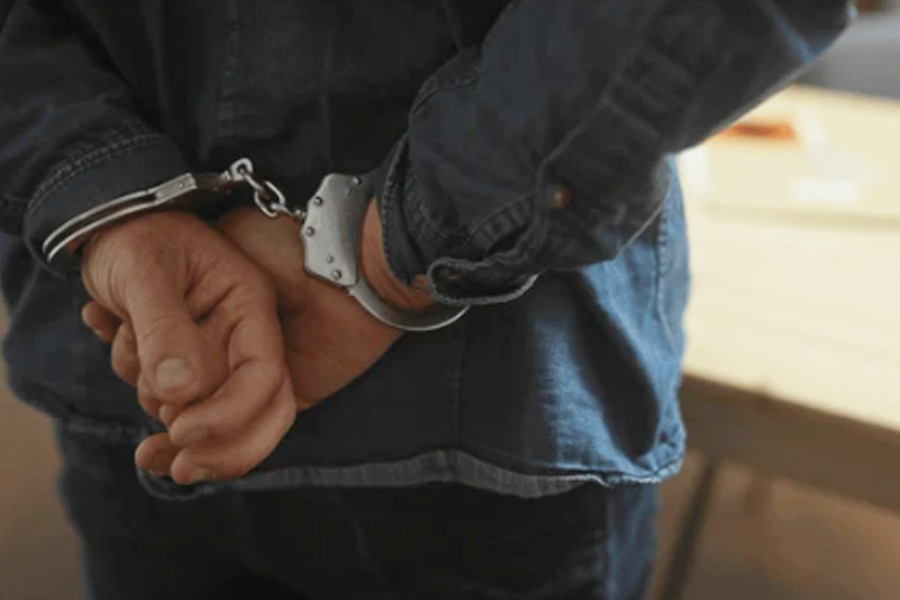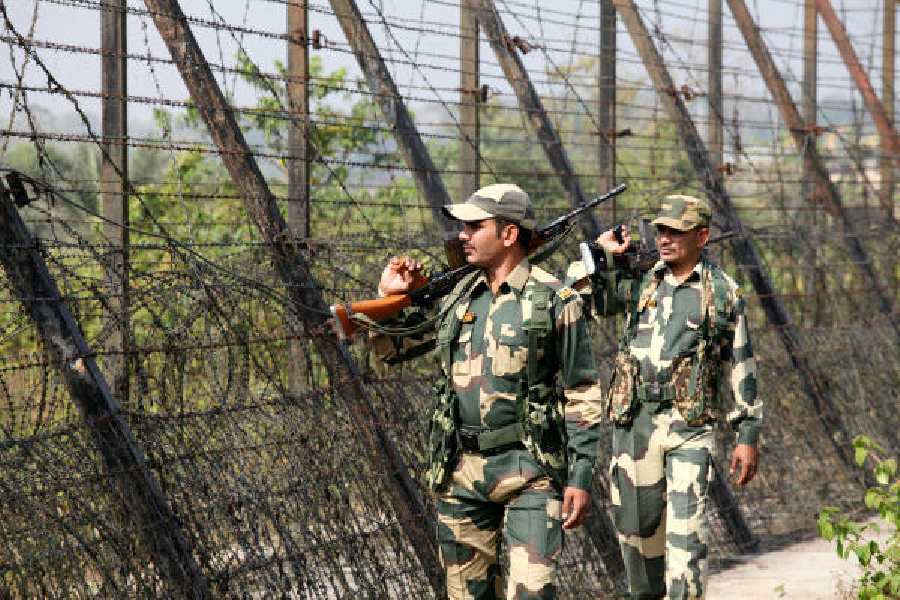When the Supreme Court rules on the basis of the overriding importance of public health during a pandemic, it is truly reassuring. A few days ago it had banned the holding of rath yatra in Puri and elsewhere because large gatherings spread contagion. Odisha, and independently Puri, are experiencing sharp rises in the Covid-19 infection, and 10 to 12 lakh people are usually expected for rath yatra. It seems this had prompted the Supreme Court to say, persuasively, that Lord Jagannath would not forgive the court should it allow the festival. Article 25 of the Constitution makes the right to profess, practice and propagate religion subject to morality, public order and health. But faith in Indian society seems opposed to reasonableness. In response to petitions against the ban, the Supreme Court stated on Monday that the decision regarding rath yatra would be taken by the state government, the temple committee and the Centre — reportedly, it did not wish to micromanage the yatra. But it imposed strict restrictions: Puri has been closed to public entry, and the rituals are being conducted under curfew. The state government, complying with the court’s directions, has ensured that a fixed number of temple servitors and police personnel are present during the yatra and associated activities, and that all those conducting the rituals test negative for Covid-19 and maintain social distancing. The court’s second ruling was celebrated everywhere, by devotees who can watch the event on television, by the state government which can now please devotees with safety measures in place and, most remarkably, by the Central government, which had the Union home minister welcoming this “special day” on behalf of the nation.
The Union home minister’s remark indicates that the satisfactory resolution of this dilemma through the court’s wisdom and firmness does not ameliorate the problems caused by giving one faith and public sentiment priority over other issues and identifying the nation with it. The assumption of the nation’s gratitude in the name of a specific ritual implicitly underlines the ‘anti-national’. It may be recalled that only when members of other religions congregate for discussion or prayers that the virus spreads, according to India’s ruling elites. So what if the numbers of the devotees from the majority community who gather during traditional rituals are so much greater?

